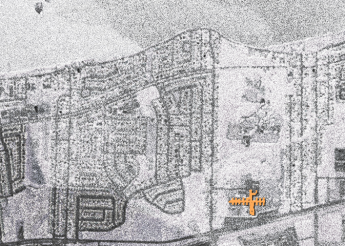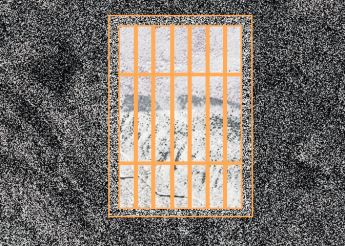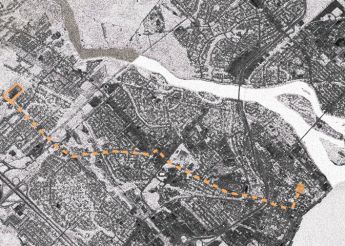
Explore
From city to city
The story of an invisible moving prison
< illustration © Mélanie Bouteille.
— Cities and prisons, season 2 (1)
Hidden prison, modern prison, dilapidated prison, “open” prison: wall to wall, Prison Insider investigated the links between city and prison. In partnership with Rescaled, we gave a number of different people a space to share their point of view.
Anaïs Tschanz is a criminology professor at France’s National School of Prison Administration (l’École nationale d’administration pénitentiaire, Enap). She wrote her doctoral dissertation at the Université de Montréal on the privacy of people detained in penitentiary environments. To do so, she interviewed 44 males and females incarcerated in Québec province between 2014 and 2018. These facilities house both prisoners serving sentences of less than two years and defendants. In the following piece, she revisits one specific angle of her research, with interview excerpts added to provide colour.
”I’m worried about getting transferred every morning. It’s really stressful. The search, transfers, handcuffs.”
Humiliation. Shame. Claustrophobia. Fear of the unknown. Privacy violated. Dignity taken.
Some become “campers”, temporarily putting up on mattresses on the ground in a cell or a gym “surpop”.
Transfer day
Transfers are forced movements of prisoners from one correctional facility to another for reasons of security, cost, overcrowding, population management or as punishment. In this respect they can be analysed as forced, governmental or disciplinary mobilities, which are also forms of the prison sentence. Facing them, and taking into consideration one of the hardships of prison sentences, asks us to rethink our immobile and static vision of the prison experience, and consider it as a sort of gear made up of movements, flows, and mobilities.




